All Images: Lane Pearson | Skier: Sam Goodhue
Skiing is a world filled with redundancy. We flock to similar places, crave the same pow-fueled elation and faun over related gear. It’s a generalization, but there’s plenty of truth there. That redundancy isn’t bad. It’s the very reason skiing can forge such strong communities. Without those similarities and patterns, there’s no common ground. However, when someone questions those patterns and industry norms it can often be for the best. Someone with a different background, coming from a different place. For Sam Goodhue, it’s exactly that unique journey that has given him his fresh perspective.
Hailing from Massachusetts with ski roots at the legendary Cannon Mountain, New Hampshire, Goodhue is a unique breed of professional skier. He has no technical background; never raced, and was never enrolled in ski camps. His parents didn’t look to raise a world-class athlete. By his account, they wanted to show their kids how to enjoy the outside. Following in the footsteps of his eldest brother, he moved West for college, landing in the freeride mecca of Salt Lake City, Utah. There he met like-minded people, but retained a desire to move at his own pace. He continued to push his skiing, but never with the lone goal of going pro.
While others try to emulate what they see, Goodhue credits success to tuning out the voices, and focusing on what he enjoys; the company of friends, getting engulfed in music, building big jumps and stomping intimidatingly-large backflips. He is a prominent athlete on the BlackStrap team, a musician, Manager of Marketing and Logistics for the growing brand Party Shirts International, and a firm believer in Alta Magic. FREESKIER sat down with Sam G Ski to talk about his return to skiing this winter after a devastating foot injury, lessons from music and recovery time, heli skiing in Washington, and how, in an industry saturated with talent, one can find success by following their own path.
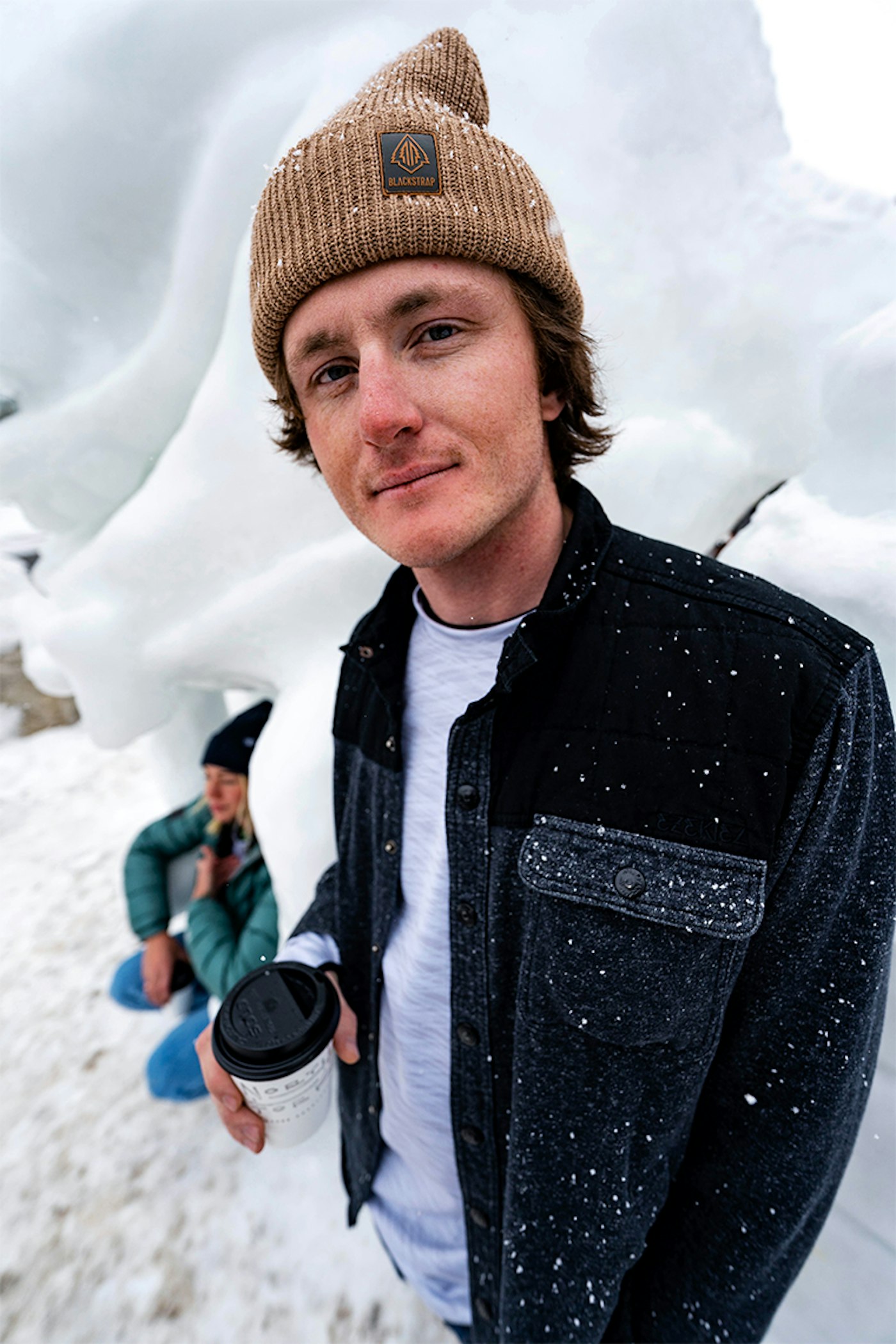
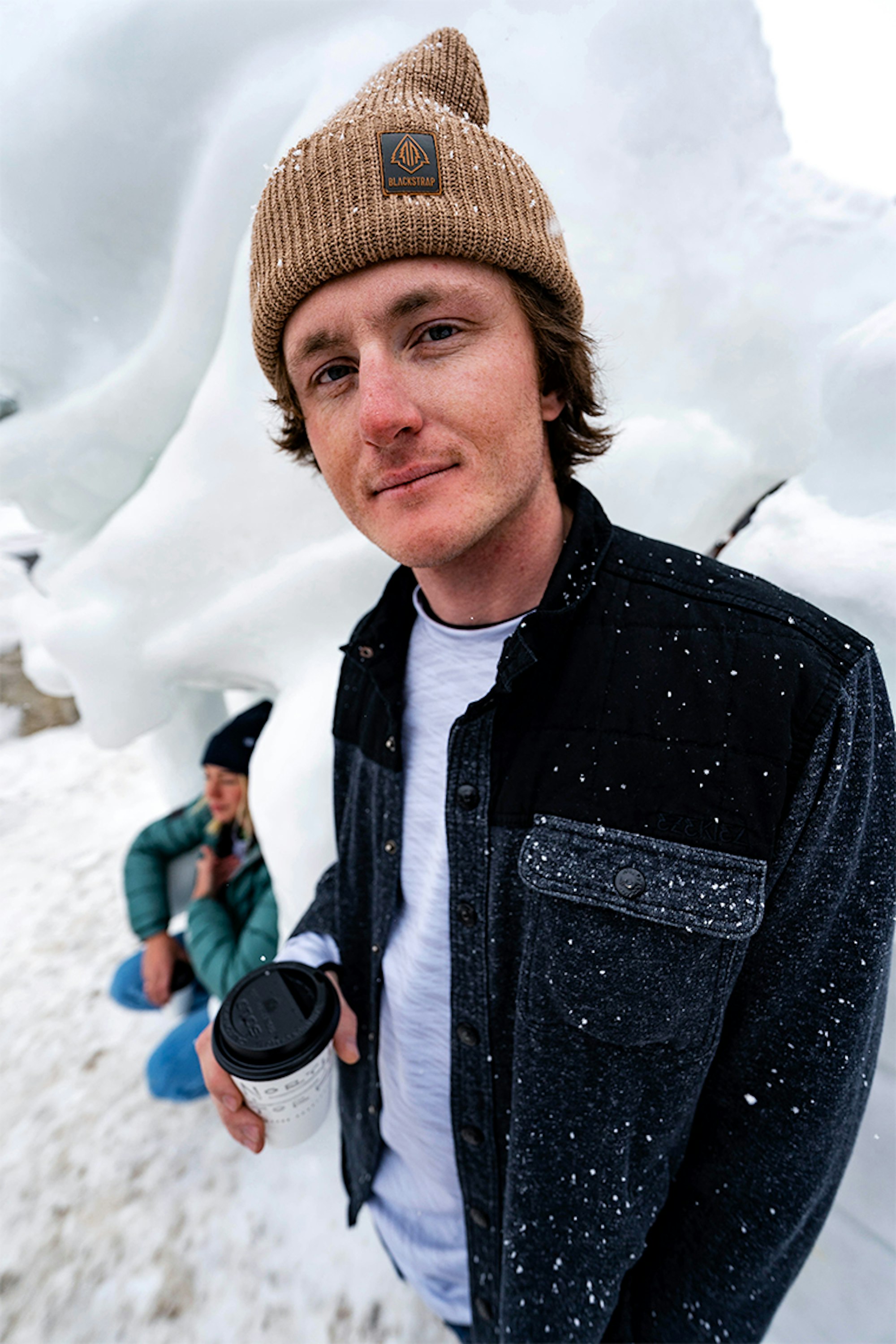
Sam G Ski with coffee in hand, ready for the day
It’s hot man! Stepping outside in 92-degree heat is no joke.
How was the end of your ski season? Is there any snow left to harvest there?
We’re losing snow pretty fast now, but I had a great spring. Plenty of corn [snow] harvesting this year. I had a blast touring in the [Cottonwood] Canyons.
Both are legendary but between Big Cottonwood and Little Cottonwood, which canyon do you prefer?
I would take Little Cottonwood. Big is great, and there’s fun access on the South side but it can be a longer tour. My opinion is biased though, because I’ve been skiing Alta since I moved here and I love it. The terrain next to the resort is so great and easy to get to. They’re both incredible.
Which springtime skier are you: summit trek to big turns, or build a booter and blast tunes?
Ah, I love both, but if I could only pick one you’ll find me building a booter with the music going and a bunch of homies. That’s what I live for. We did it for years and years, but now everyone has jobs [laughs], so it’s harder to coordinate sometimes. I wasn’t active early season this year due to an injury, but usually, we’ll get together throughout the year and have a few sessions.
Can we talk about that injury? Walk me through what happened and what the recovery entails.
It was a Lisfranc injury, which is damage that happens to the bones and ligaments in middle area of your foot. I crushed [my foot] dirt biking last May, and the MRI showed I had a ligament tear in the center. I had to get a fusion surgery, which is when they put a screw down through your metatarsals and cuneiform bones. I was in a boot and then had a peg leg and finally a lot of physical therapy. It was a tough recovery. I didn’t feel very confident on my skis until probably February. Luckily a ski boot is kind of like a cast, so the lower foot stays locked in there. But an injury can be tough, especially when it limits how much you can move. I’m still not at 100%, but it feels good to know that I’m on the right track.
What did that process teach you?
Honestly, it taught me just to be grateful for my mobility. I can’t thank my community enough, because it was amazing to see how many people I could rely on when I lost that ability. I empathize a lot with the people who deal with it on a daily basis. I got to focus on work, as well as playing music in my free time, so it was also a good lesson in controlling what you can control and making the most of a situation.
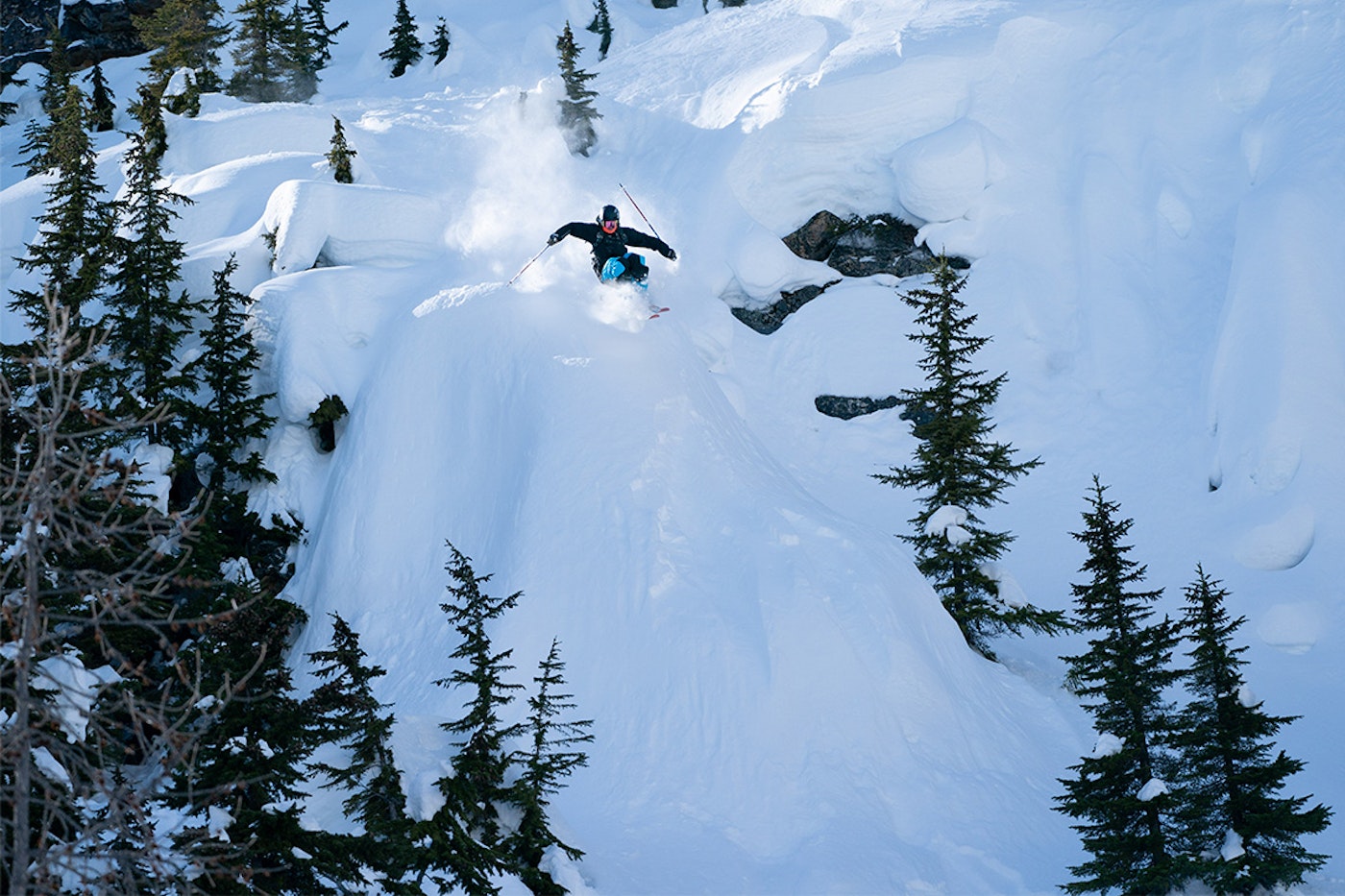
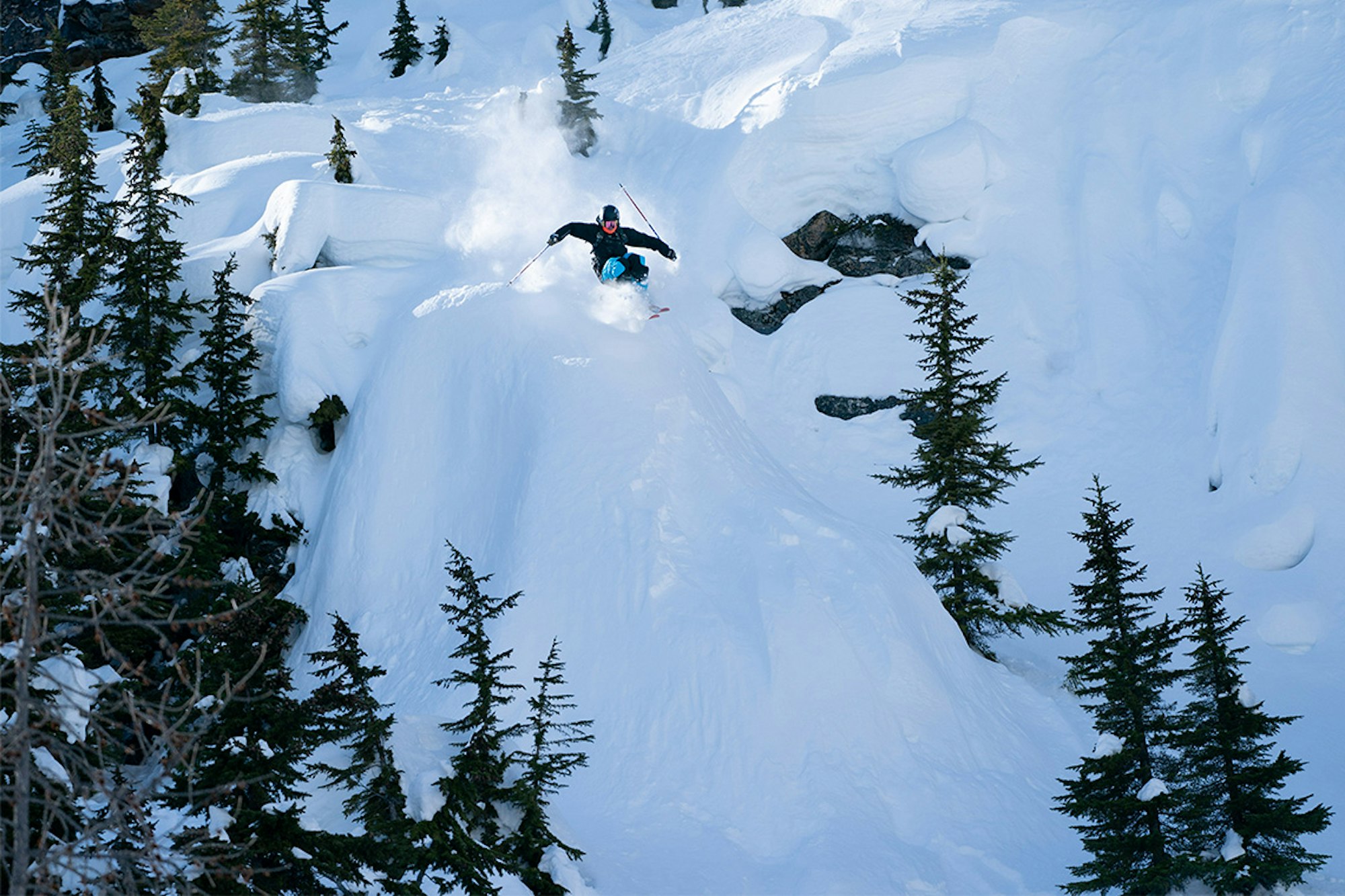
Injury who? Goodhue takes one deep from the top rope this winter
No, not quite as much. They’re both very talented, my older brother Chris on the bass and guitar, and my younger brother Tom with, well, pretty much every instrument he picks up. I try to play once or twice a week. I don’t have any serious technical knowledge, but I like to think I have a good ear for it and can hold my own.
How much of a role does music have in your skiing?
A huge, huge role. When I first moved out to Utah, my friends and I listened to a lot of similar music. I found myself molding my skiing around the music I was listening to. One example that sticks out was a few years ago when I was listening to the song ‘Catamaran’ by the Allah-Las. It has a very surfy breakdown that got in my head. I started looking for longer lines at Alta the more I listened to it, and tried to find the flow instead of just charging on one feature. My buddy got a video of me and we put it to that song. It fit together so well, and I think it’s a good example of how your skiing is affected by many other things in life.
While we’re on the topic of influences and family, how did your childhood shape your current approach to skiing? Did your brothers play a big role in that?
I grew up in Massachusetts and skied Cannon and Wachusett Mountain. Cannon was very much a part of my family growing up. My grandparents got married at the top of the mountain. Going there all the time made us appreciate Cannon for what it was. Which is saying something, because it was pretty crappy 95% of the time. It certainly molded me into the skier I am today. You had to learn how to use your edges, or else you’d go sliding off the hill into the trees. [My brothers] Chris, Tom and I would follow my dad who was a long-time ski racer, and he always encouraged us to have fun with it. He never put us into race programs or anything, we’d just follow him and he’d give us pointers.
When we were old enough we deviated toward the park and started throwing flips and spins. I attribute all the freestyle skiing to my oldest brother, Chris. I mean, we wouldn’t have gotten into it if it wasn’t for him getting the baggy park clothes and a pair of twin tips while we were still on race skis. He really committed to it and even started filming, which is the only reason we got any exposure when we were younger. Plus he made the bold move to head out West first, which was a big deal for someone from a small town on the East Coast. And my youngest brother Tom, he was straight up better than us. It stayed that way until he found other passions in high school and stopped skiing quite as much, but for a large part of my childhood, it was always us trying to keep up with him. The kid is the best at everything he does. That’s a long way of saying yes, my brothers have certainly influenced me, to say the least.
I saw you went on a heli-skiing trip with the BlackStrap team to Mazama, Washington. What made that trip special?
I was introduced to the former Brand Director of BlackStrap, Randy Torcom, last year, and we hit it off. He and his colleagues are really into the snowboarding world, and I might be one of the only skiers that Randy knows! When he invited me on this trip I wasn’t sure what to expect. I showed up to all these incredible snowboarders and not a single other skier. I’d never been heli-skiing, and I didn’t know if they’d let us go scope lines or if we had to stick to an agenda. But as soon as we were up there, and conditions were stable, they gave us the go-ahead and the freedom to ride what we wanted.
For three days, we just skied the most incredible stuff. It was an unbelievable experience. We had Lane Pearson and Jake Price shooting, with Jake filming all on analog. Every detail, from the communication on radios while we were riding, to the food and lodging was so top-notch. It was really well run, and I’m not just saying that.
What did you take away after spending time in the mountains with snowboarders? Is there anything you feel like ski culture can learn from snowboarding?
The snowboard community resonates deeply with me. Sometimes skiing can seem focused on ‘the next big thing’ in a way, but the boarders I’ve gotten to spend time with always just seem happy to be out there. There’s a sense of enjoyment and appreciation for riding and creating together, and that can be lost in the ski industry. That’s part of why I love J Skis, because their slogan, “It’s Just Skiing,” embodies what I love, which is taking your skiing seriously without taking yourself too seriously. I know I’m generalizing here, and none of this applies all the time, but it was great to be a part of and gave me a lot to think about. I credit a lot of it to Randy [Torcom] and BlackStrap who put this crew together. It certainly shows the culture they help facilitate.
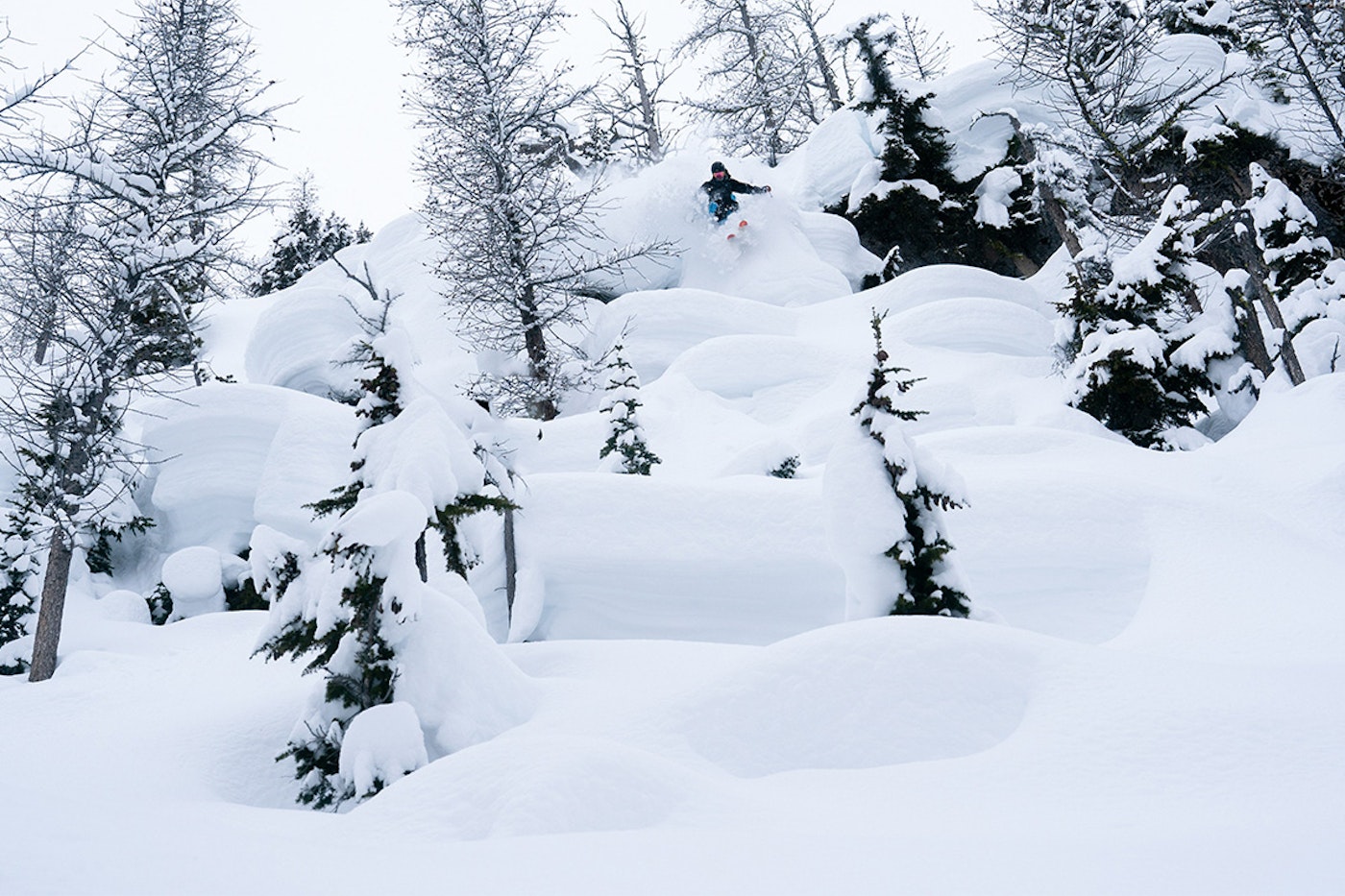
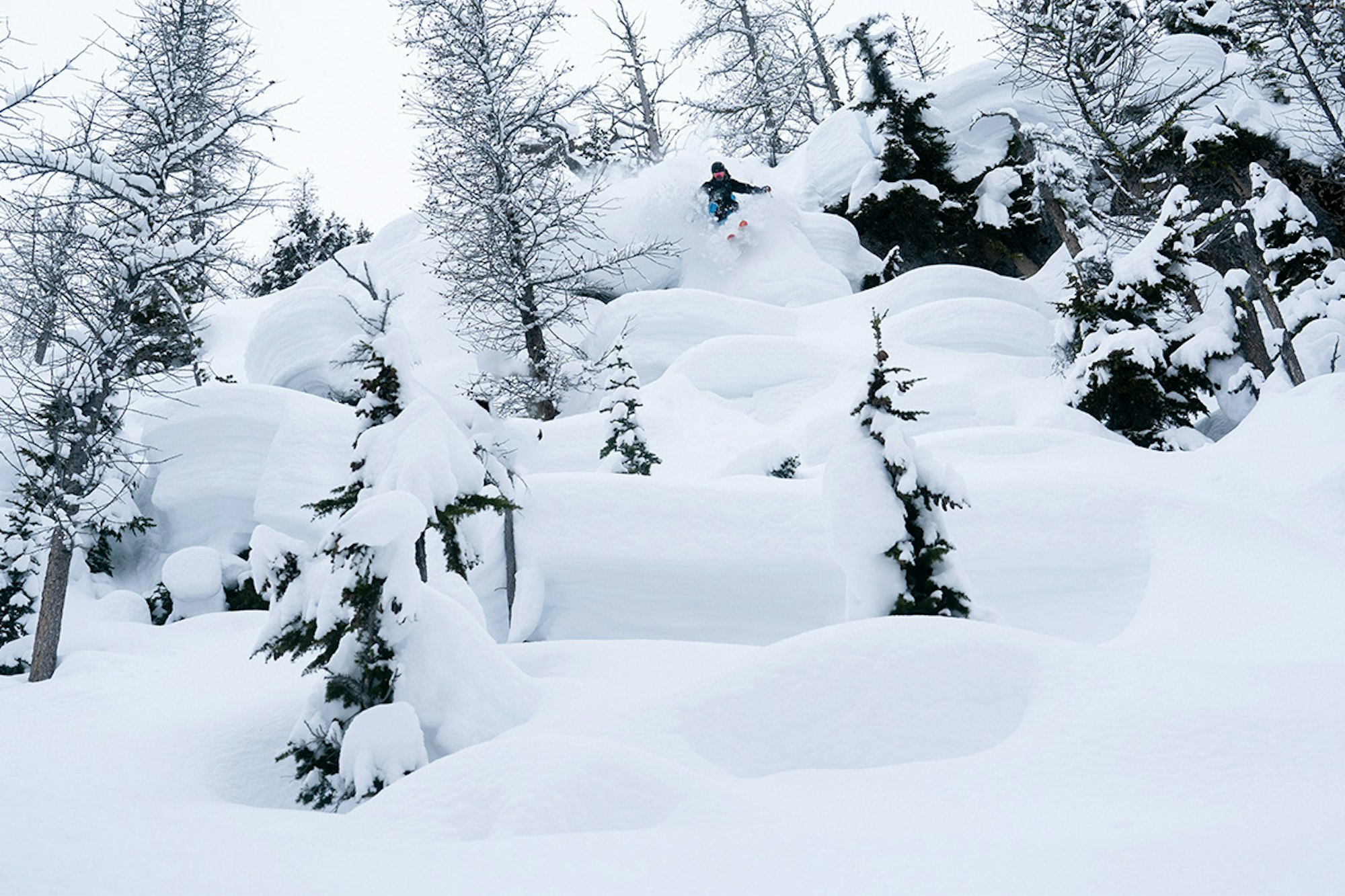
No pillow was safe as Goodhue and the BlackStrap team explored Mazama, WA
Is that sense of community something you value at BlackStrap?
Big time. I’ve had the opportunity to participate in two different film trips with the BlackStrap team now. Each trip has me looking forward to the next. The energy, organization and general stoke for life and snow sports is apparent in everyone at BlackStrap. And in my experience, everything has felt extremely professional in the best way. They’ve created an environment that is so fun to be in. I mean, this was technically a work shoot, but it never felt like work. It just feels like you’re riding with your buddies, which is the best outcome.
Which of their gear is your favorite, if you had to pick?
It’s honestly hard to choose. I’ve only been using strictly BlackStrap headwear for practically my whole life. Ever since I could style myself and had money to buy my own ski clothes, I’ve been buying BlackStrap. It’s been at least 10 years now, so to be on the team is really special. I love the balaclavas and base layers. Their balaclavas are lightweight, warm and offer the most comfortable fit on the market. The base layers have been a new favorite of mine this year, especially the hooded one. I didn’t realize how handy it was, but you can put the hood up on the cold days and it doesn’t bunch up or get in the way of other layers. Try it and you’ll thank me later. BlackStrap always!
You’ve certainly forged your own unconventional path. With everything you’ve learned in the last two seasons, what advice would you give to younger riders who might admire that originality?
Never compare yourself. It’s really easy in the modern world with access to social media to compare yourself to other people, but 99% of the time that will steer you wrong. Set personal goals and just focus on meeting those. Finding enjoyment in those small accomplishments is a life skill that I’m still working on, and I don’t think it’s one that you ever perfect, but it’s helped me beyond belief. I guess a good way to sum it up is to find pleasure in the little moments of progression and not worry about what other people are doing.
I know that for myself, finding my own wavelength was the most important thing. Our industry is so saturated with talent that if you focus on who’s better than you, it’ll drive you crazy. I’ve seen a lot of friends burn out or be forced to quit due to injury in that pursuit, and it’s always sad. The more longevity, creativity and compassion we can have in skiing, the better, and I think that’s the direction we’re headed in.
![[Q&A] Sam Goodhue & BlackStrap Are Carving Their Own Path in Skiing](https://www.datocms-assets.com/163516/1751456033-samg.png?auto=format&bg=FFFFFF&w=100)
![[Q&A] Sam Goodhue & BlackStrap Are Carving Their Own Path in Skiing](https://www.datocms-assets.com/163516/1751456033-samg.png?auto=format&bg=FFFFFF&w=1200)
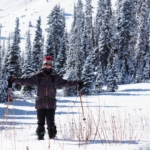


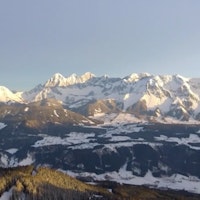
![[GIVEAWAY] Win a 4-Night Karma Campervan Rental and go Ski the Powder Highway](https://www.datocms-assets.com/163516/1767816935-copy-of-dji_0608-1.jpg?w=200&h=200&fit=crop)

![[GIVEAWAY] Win a Legendary Ski Trip with Icelantic's Road to the Rocks](https://www.datocms-assets.com/163516/1765233064-r2r26_freeskier_leaderboard1.jpg?auto=format&w=400&h=300&fit=crop&crop=faces,entropy)


![[GIVEAWAY] Win a 4-Night Karma Campervan Rental and go Ski the Powder Highway](https://www.datocms-assets.com/163516/1767816935-copy-of-dji_0608-1.jpg?auto=format&w=400&h=300&fit=crop&crop=faces,entropy)

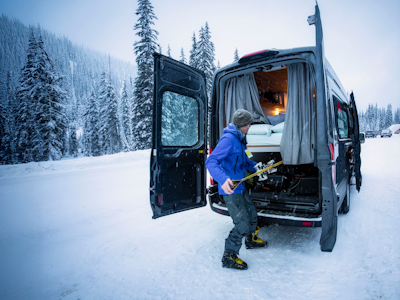
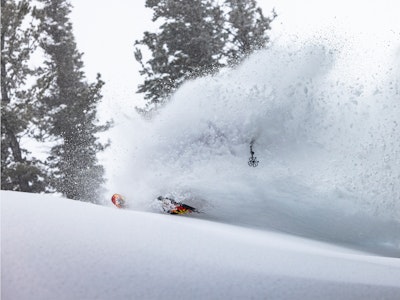
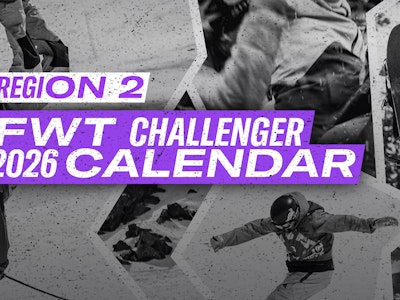
![[Q&A] Sam Goodhue & BlackStrap Are Carving Their Own Path in Skiing](https://www.datocms-assets.com/163516/1751456033-samg.png?auto=format&bg=FFFFFF&w=2000)